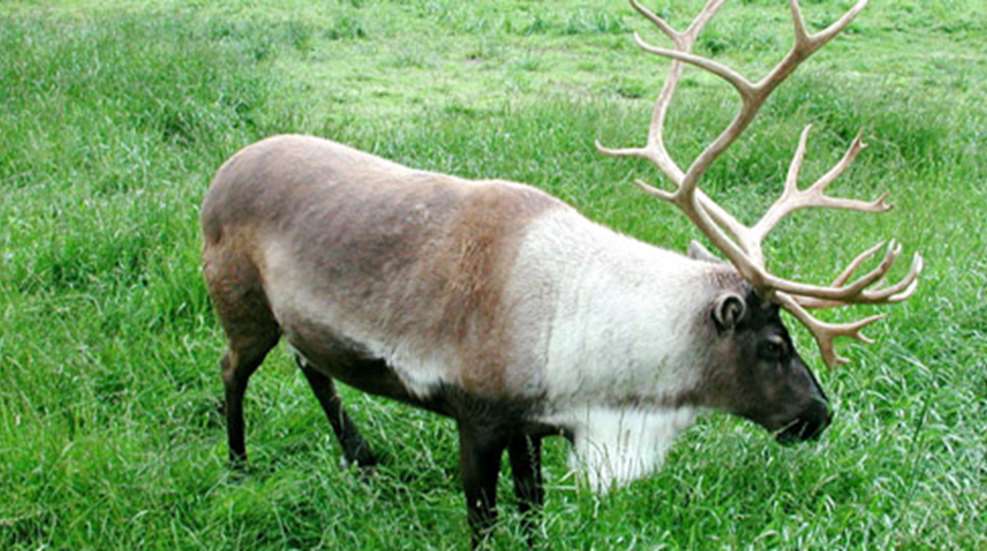
Photo Courtesy of USFWS
Of all the big game in the world, only one species is said to fly with Santa’s sled, take thousand-mile strolls, shovel snow, sleep in water, see ultraviolet light and enter the occasional bullfight. These feats are all credited to the caribou—Rangifer tarandus—also known as reindeer. Why two names? Reindeer is simply the domesticated version.
Who knew the big-game species with the largest antlers for its body size was amongst the world’s first domesticated animals? Fortunately for American hunters, the tame subspecies live in Europe and Asia, leaving our passion for pursuing the vast wild herds in the North American Arctic intact. Those who enjoy trekking across remote, wild places for game that can’t be found in the Lower 48 can head for Alaska or Canada.
Having hunted them several times, I know they can whip you into shape in a hurry. Caribou walk about 8 mph, which doesn’t seem so fast unless you’re trying to close the gap. They also outdid me in the cold. By each hunt’s end, I was ready to jump the float plane home, wishing I could breathe the polar air as easily as the bulls I’d chased. Come to find out, their highly evolved noses have bones designed to enlarge the surface area of their nostrils. Their body heat warms the air before it enters their lungs then they condense the water from the air before exhaling to keep their mucous membranes moist.
They’re also bundled in better “outer wear.” Their hollow fur traps air, which provides insulation and keeps them buoyant as they paddle across rushing Arctic rivers. Their “footgear” also adapts to the season. In summer when the tundra is soft and wet, their footpads are spongy to provide traction. In winter the pads tighten and act as snowshoes on slippery snow and ice. The hoof’s underside is hollowed out like a scoop and used for digging, hence their aptitude for shoveling up their favorite food—a lichen aptly named “reindeer moss.”
Their innate abilities get even better. In 2011, researchers at University College London discovered caribou are the only mammals that see ultraviolet light. While human vision cuts off at wavelengths around 400 nm, caribou see up to 320 nm—enough to help them see objects in the glowing white Arctic they would otherwise miss—a good thing for critters that dwell in polar bear country. As for that final matter—how their nine famous domestic counterparts fly Santa’s sled around the world in one night—we’re still awaiting visual evidence.
Of course, no discussion on caribou is complete without noting their centuries-old migrations between birthing and winter habitats. Come spring, herds of 50,000 to 500,000 head north in one of the world’s greatest large-animal migrations, traveling hundreds or thousands of miles.
They feed on grasses and plants, eating 12 pounds of food daily until they head south for more sheltered areas in winter. While not all caribou migrate, research shows some travel farther than any other migrating terrestrial mammal—much farther than the straight-line distance between summer and winter ranges. Several large groups follow their own paths, one being the noted Porcupine herd that traveled 3,000 miles in one year.
Come hunting season, migration can mean feast or famine for hunters. Hit it just right and you’ll be in awe of the Great March of the Migrants. If your timing’s off like it was for me on my first hunt, it’ll be slim pickings—except for those two giant bulls the cook photographed passing through camp while the rest of us were out getting skunked.
All things considered, I’d say few hunts can top the experience of pursuing the icon of the Far North. Hunters who yearn to trek across North America’s final frontier in search of their own snow-shoveling tundra nomad will enjoy adding this game to their bucket list.




































